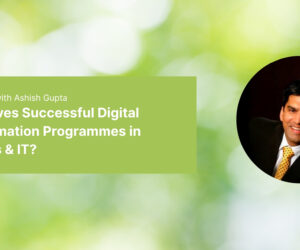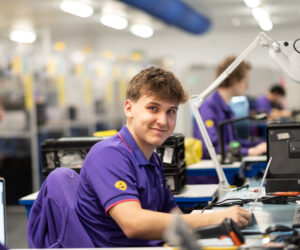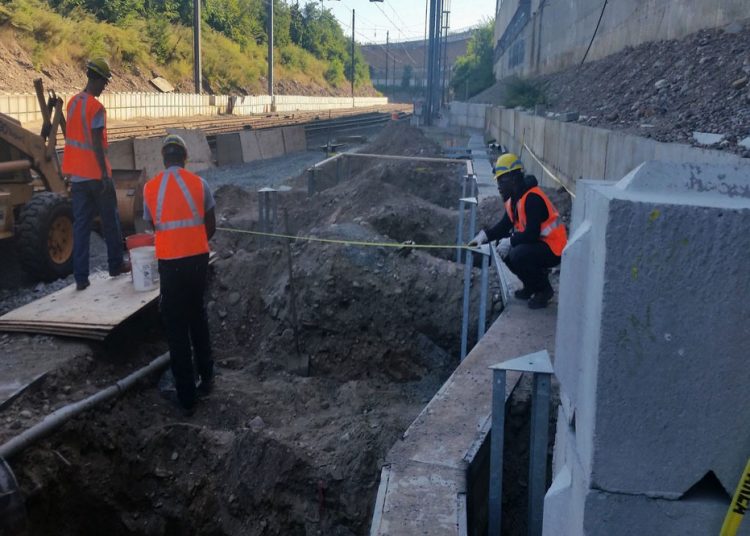
The safety of workers is of paramount importance to operational leaders and the COVID-19 pandemic has highlighted new challenges for field service organisations. Summer 2020 has brought about government guidance on social distancing in many countries, and industry bodies like the UK’s NICEIC have even announced: “our workforce is now entirely remote.”
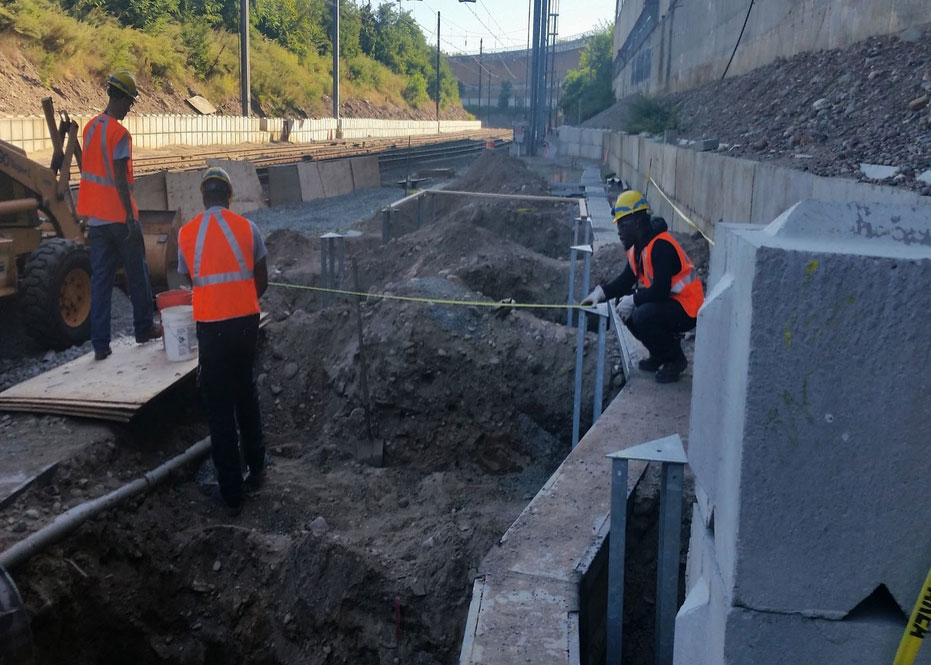
But, remote working is no easy feat when multiple frontline workers need to visit work sites because conventional paper-based forms simply don’t provide enough detail to guide inspections, approvals and decision-making. How can field service organisations balance the business imperative of completing work to a high standard with the organisational imperative of safeguarding workers?
New video note technologies with embedded Artificial Intelligence (AI) such as Vyn SmartVideoNotes are providing the solution. Video intelligence can deliver a proactive approach to worker safety in field service organisations.
How does video intelligence work?
AI-powered video intelligence is now available to frontline workers through a mobile and web-based app such as Vyn for Service.
When a field worker attends a site to implement a task, they can use any mobile device to capture a “SmartVideoNote”. This can be done entirely offline without a mobile or WiFi signal. A SmartVideoNote is a short video with an automated storyboard – two to three sequential questions – that prompts the worker using captions.
For example, during a utilities excavation in a residential area the storyboard might ask about: “other utilities” and “vulnerable residents” to ensure the job is completed safely – protecting workers and the general public alike. These storyboards can be customised to address the safety requirements of different industries including energy and utilities, telecoms and manufacturing. The technology converts the recording into individual images with text captions, stamping these with the date, time and location to enable convenient retrieval. On clicking ‘upload’ the AI-powered SmartVideoNote is automatically labelled and categorised into the existing enterprise workflow for faster actions. This results in better communication between the field, the enterprise and other important stakeholders such as third party contractors and City Councils.
Auditing remotely for safety
Video intelligence digitises and enriches the paper-based process, significantly reducing the need for repeat site visits. Using AI-powered video intelligence has been shown to reduce touchpoints by half (from six to three) making day-to-day operations more cost efficient while protecting users.
Video intelligence allows organisations to perform various types of audits with fewer on-site visits:
- Self-audit: a field worker captures a SmartVideoNote through an automated storyboard to report the job progress to prescribed organisational and regulated standards.
- Remote audit: a supervisor analyses the SmartVideoNote generated by the “self-audit” for quality assurance checks based on the organisation’s guidelines.
- Self-assessment: A consumer uses SmartVideoNotes to report an issue to their service provider. A technician can assess the severity of the issue remotely and make more informed decisions on next steps to enhance the customer service.
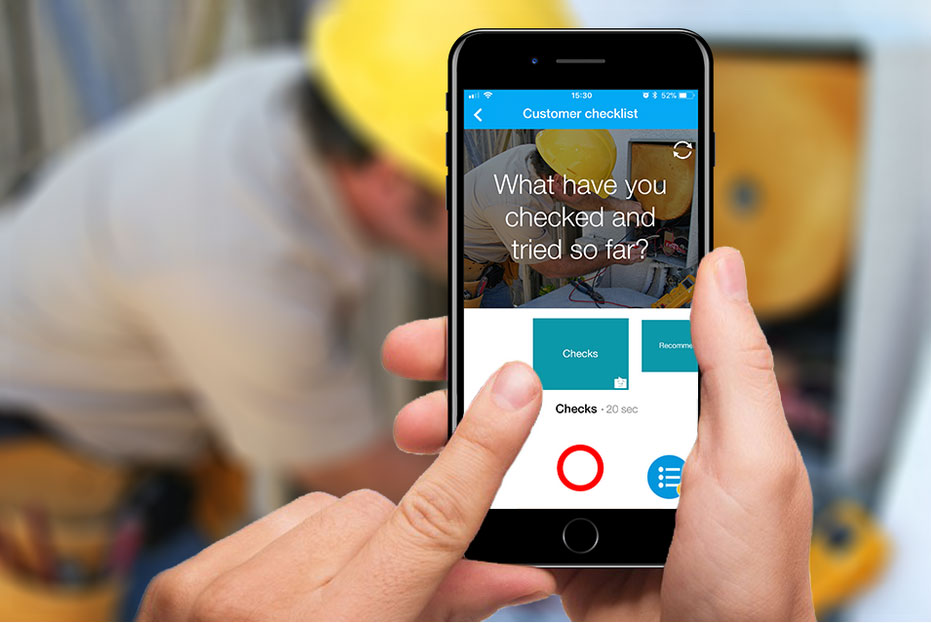
This intelligent technology means frontline workers, third party stakeholders and the general public can collaborate virtually and seamlessly. This protects them during times of social distancing, and reduces costs from site visits.
Deploying smart video technology streamlines day-to-day operations by not only eliminating tedious form filling but also unlocking valuable insights from video data captured in the field. Traditional forms cannot deliver this.
The AI-based solution uses data analytics to generate items like real-time reports on safety and risk assessments. It can proactively deliver safety alerts and enable faster root cause analysis. Embedded predictive analytics recommend next actions for smarter on-the-job decision-making. Secure integration with workflow systems also generates performance dashboards for leaders to easily visualise difficult tasks like the optimisation of labour resources.
Video intelligence is a reality – use case:
Protecting workers and the public during COVID-19
Problem: The availability of a UK utility company’s call centre agents and technicians was limited during COVID-19, putting pressure on critical customer services. The organisation needed to create safe and remote working conditions and minimise contact between consumers and field workers.
Solution: The utility provider worked with Vyn to integrate video intelligence into the day-to-day workflow, offering consumers access to “self-assessment” SmartVideoNotes to report service issues. A consumer’s SmartVideoNote is tagged and categorised automatically to be assessed remotely.
Results: With Vyn, the utility company achieved a safe and superior customer experience and the need for field visits at the initial investigation stage have been reduced by at least a third – a significant cost saving.
Striking the right safety and business benefit balance
According to the Health & Safety Executive, ill health from working conditions or work place injuries in the UK alone can cost an estimated £15 billion a year. When field service organisations don’t protect staff, the bottom line therefore also suffers significantly. These organisations must move quickly to implement processes that strike the right balance between safeguarding workers and improving operational efficiency.
Video intelligence delivers not only a proactive approach to worker and public safety but achieves significant operational efficiencies such as reduced site visits from a ‘right first time’ culture and superior customer service. Deploying video intelligence is not simply a ‘quick fix’ but a long-term digital transformation solution for field service organisations. It proactively keeps staff and consumers safe and not only protects but improves a field service organisation’s bottom line.
Find out how you can keep your field service workers and customers safe, by contacting us for a demo today at [email protected]
Image Source: Flickr


